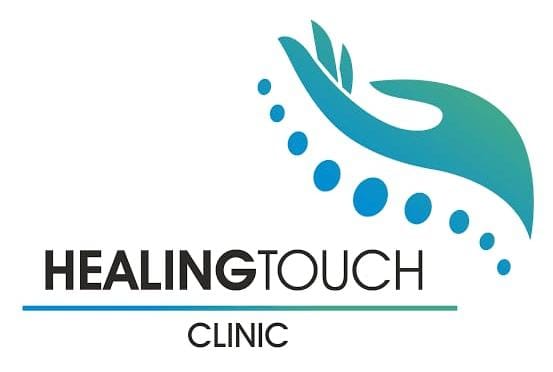Piles Surgery
Piles Care Clinic :1. Laser Ablation 2. Haemorrhoidectomy3. Rubber band Ligation4. IRC Sclerotherapy, etcPiles Surgery (Hemorrhoidectomy): Piles (hemorrhoids) often improve with diet changes, medications, and non-surgical treatments, but severe or recurrent cases may require surgery. Here’s a detailed guide on surgical options, recovery, and post-op care.When is Surgery Needed?Grade III or IV hemorrhoids (prolapsed, cannot be pushed back manually).Thrombosed hemorrhoids (extremely painful blood clots).Excessive bleeding causing anemia.Failed non-surgical treatments (rubber band ligation, sclerotherapy).Types of Piles Surgery1. Hemorrhoidectomy (Traditional Surgery)Procedure: Surgical removal of hemorrhoids under anesthesia.Best for: Large, external, or prolapsed hemorrhoids.Recovery: 2–4 weeks (moderate pain, requires wound care).Success rate: >95% long-term cure.2. Stapled Hemorrhoidopexy (PPH Procedure)Procedure: A circular stapler removes excess tissue and repositions hemorrhoids.Best for: Prolapsed internal hemorrhoids.Recovery: Less pain than traditional surgery (1–2 weeks).Risks: Slight chance of recurrence or rectal stricture.3. Laser HemorrhoidectomyProcedure: Laser seals hemorrhoidal veins with minimal bleeding.Best for: Small to moderate hemorrhoids.Recovery: Faster healing, less pain (1–2 weeks).Disadvantage: Higher cost, not suitable for large hemorrhoids.4. THD (Transanal Hemorrhoidal Dearterialization)Procedure: Ultrasound-guided stitching of blood vessels to shrink hemorrhoids.Best for: Bleeding internal hemorrhoids.Recovery: Minimal pain, quick return to work.5. Rubber Band Ligation (Non-Surgical but Invasive)Procedure: A band cuts off blood supply, making hemorrhoids shrink.Best for: Grade II-III internal hemorrhoids.Recovery: Mild discomfort (1–2 days).
READ MORE










